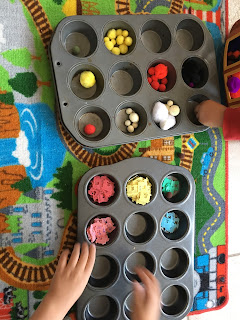

Here are some things to consider when you are deciding whether or not to tell others
1) Does your child know they have autism
Whether your child should be aware of having autism is another discussion. However, if they are unaware themselves, you may not want to tell others
2) Where is your child on the spectrum and what are their communication deficits
If your child is on the milder side of the spectrum, telling others may result in generalizations. People might treat your child differently in a way that is not necessary. Conversely, if your child does or says something that others perceive to be weird they may not want to continue the interaction. Telling them about the diagnosis can lead to understanding and they may be more willing to continue the interaction.
3) Do you expect to see people one time or on an on-going basis
If you are seeing someone for a short, single episode; disclosing a diagnosis may not be necessary. However, if the interaction is on-going (i.e. at school or after school activity) a disclosure is likely beneficial. It allows others to know what to expect and discuss strategies.
4) Should you raise autism awareness
Your own feelings and opinions are most important. However, telling others about autism is always a worthy cause. This helps others to create understanding. Prior to having a son with a diagnosis my knowledge of what autism was, is drastically different than what it is now. Now I understand the saying "If you've met one person with autism, you've met one person with autism".
As for us, we are pretty open about our son's diagnosis. We have found that telling others helps to foster understanding and the other kids are more willing to maintain interactions. We will also be telling our son's class in the form of a presentation to the kids (more in that in the future). Telling other parents and adults will usually lead to some great discussions and even foster friendship and communication among adults. Our primary reason for disclosure is to help our son with social interactions and not autism awareness. However we are happy to help with that as well.
















































